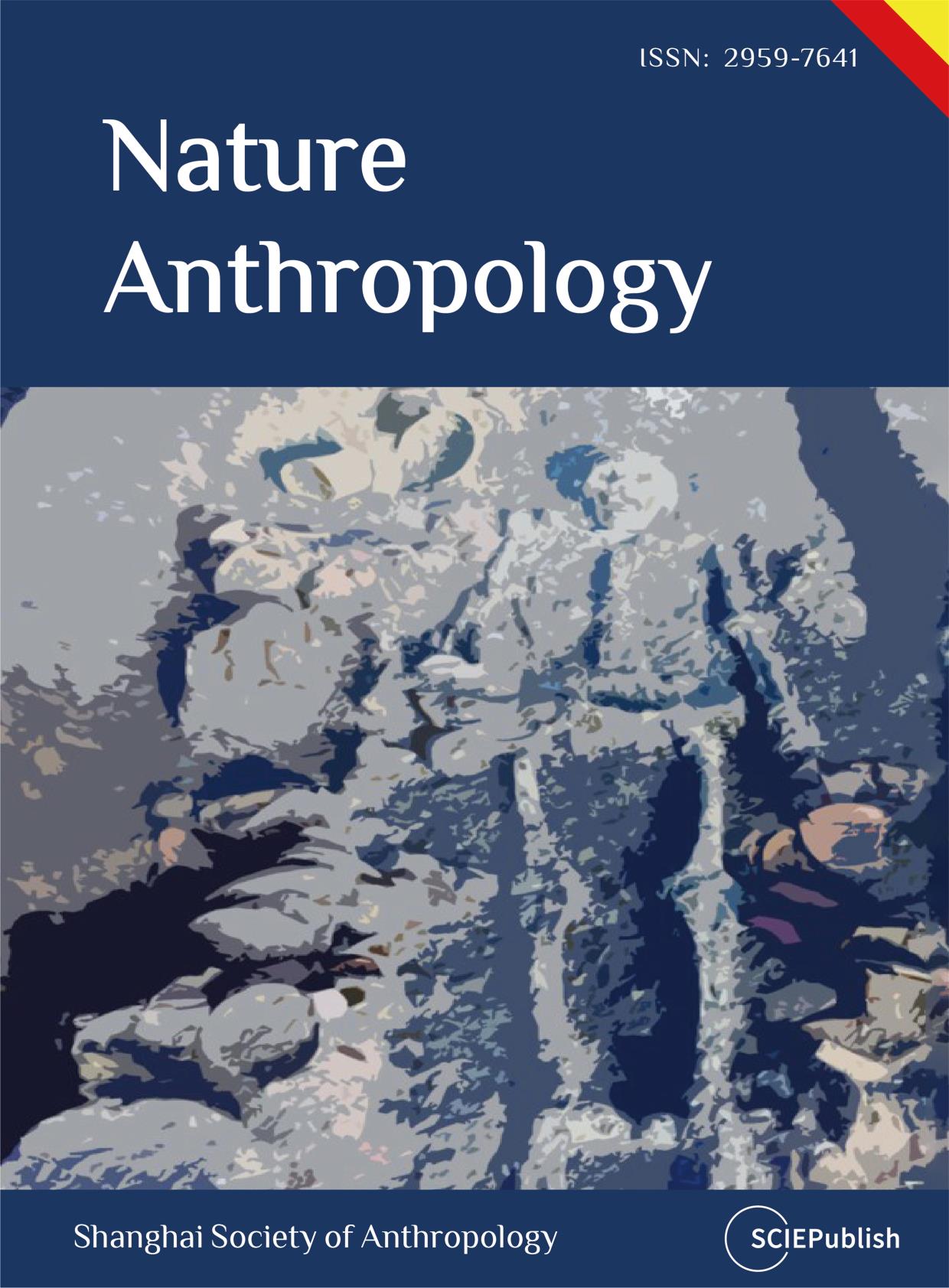Found 16 results
Open Access
Review
27 April 2025Efficient Communication, the Lexicon, and Grammar
The driving forces behind language variation and change have long been a subject of debate. One prominent approach takes a functionalist perspective and posits that the need for efficient communication shapes lexical and grammatical patterns. This paper reviews five recent studies that offer further support for the plausibility of the communicative efficiency principle while also providing new insights into other factors that contribute to efficient linguistic structures. The key findings from these studies can be summarized as follows: (1) the principle of communicative efficiency offers plausible explanations for both lexical and grammatical phenomena, addressing both synchronic variations and diachronic changes in language evolution; (2) linguistic systems achieve efficiency through multiple mechanisms such as creation bias and selective pressures favoring efficient communication; (3) in addition to communicative efficiency, language evolution is also shaped by language history, with existing structures influencing subsequent ones. By synthesizing these studies, this paper underscores the efficiency account as a plausible and inclusive explanatory framework. It also stresses the need to rigorously delineate the role of communicative efficiency in language evolution, cautioning against automatically conflating the presence of efficient structures with intentional optimization for communicative goals.
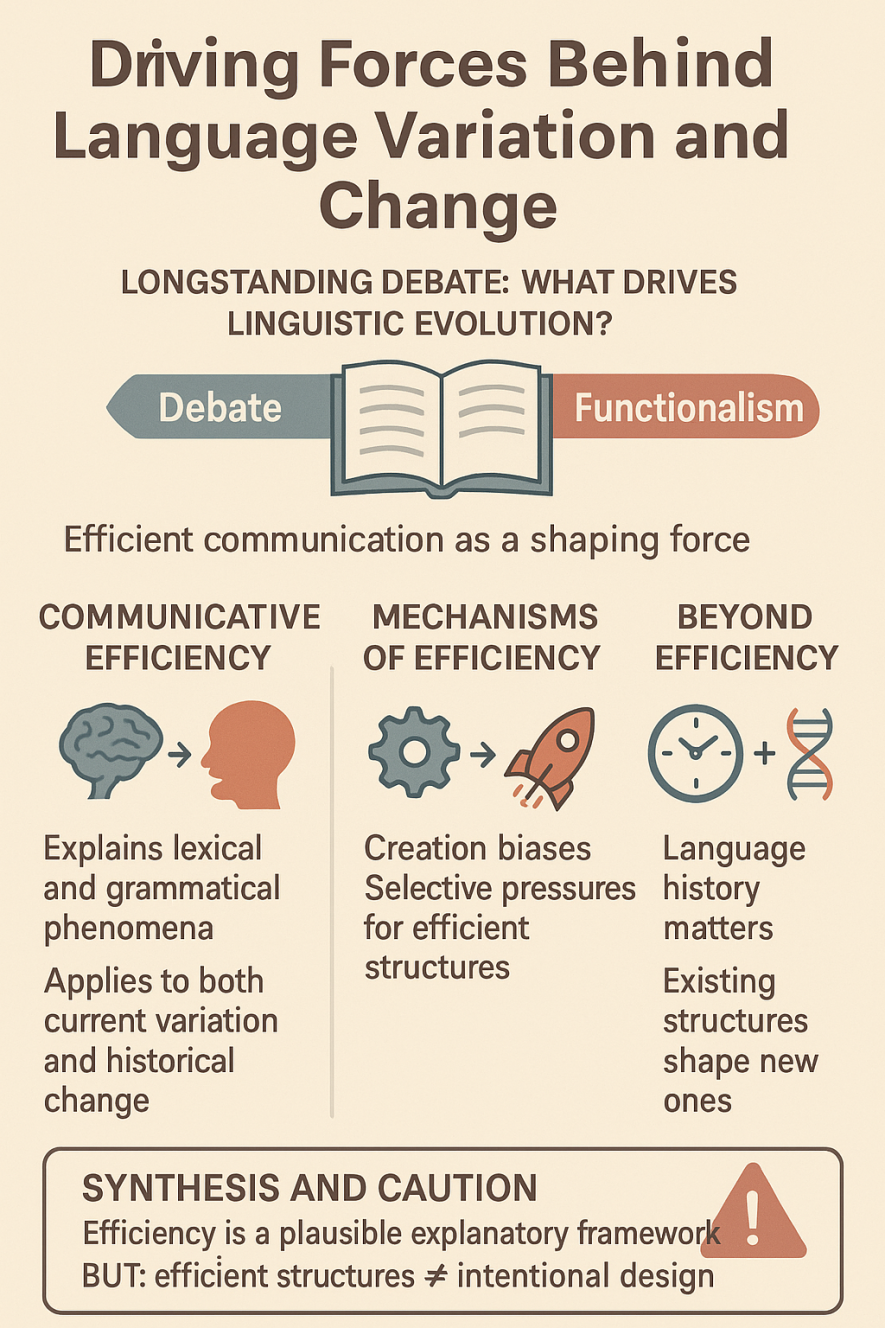
Open Access
Article
25 April 2025Human Behavioral Ecology: Opportunities for Theoretically Driven Research on Human Behavioral Variation in China
Human behavioral ecology is an evolutionary framework that attempts to understand how adaptive human behavior maps on to variation in social, cultural, and ecological environments. It emerged as a coherent framework in the United States and the U.K. in the 1980s and has flourished as an explanatory framework ever since. The concentration of HBE scholarship in English-speaking countries has led to missed opportunities to engage other partners in testing and expanding human behavioral ecological models of human behavioral and life history variation. In this review, we provide a brief review of human behavioral ecology and describe opportunities for related scholarship in the Chinese context. We introduce human behavioral ecology holistically, including its history, methodological frameworks, pet topics, and recent integration with related fields, with a special emphasis on its recent integration with Chinese social, archaeological, and life sciences scholarship. We address potential criticisms of human behavioral ecology and how to ensure a robust and careful application of human behavioral ecology principles in the study of human behavior in China, past and present. We conclude with excitement as the remarkable variation in the Chinese behavioral landscape offers unparalleled opportunities for innovative and integrative studies.
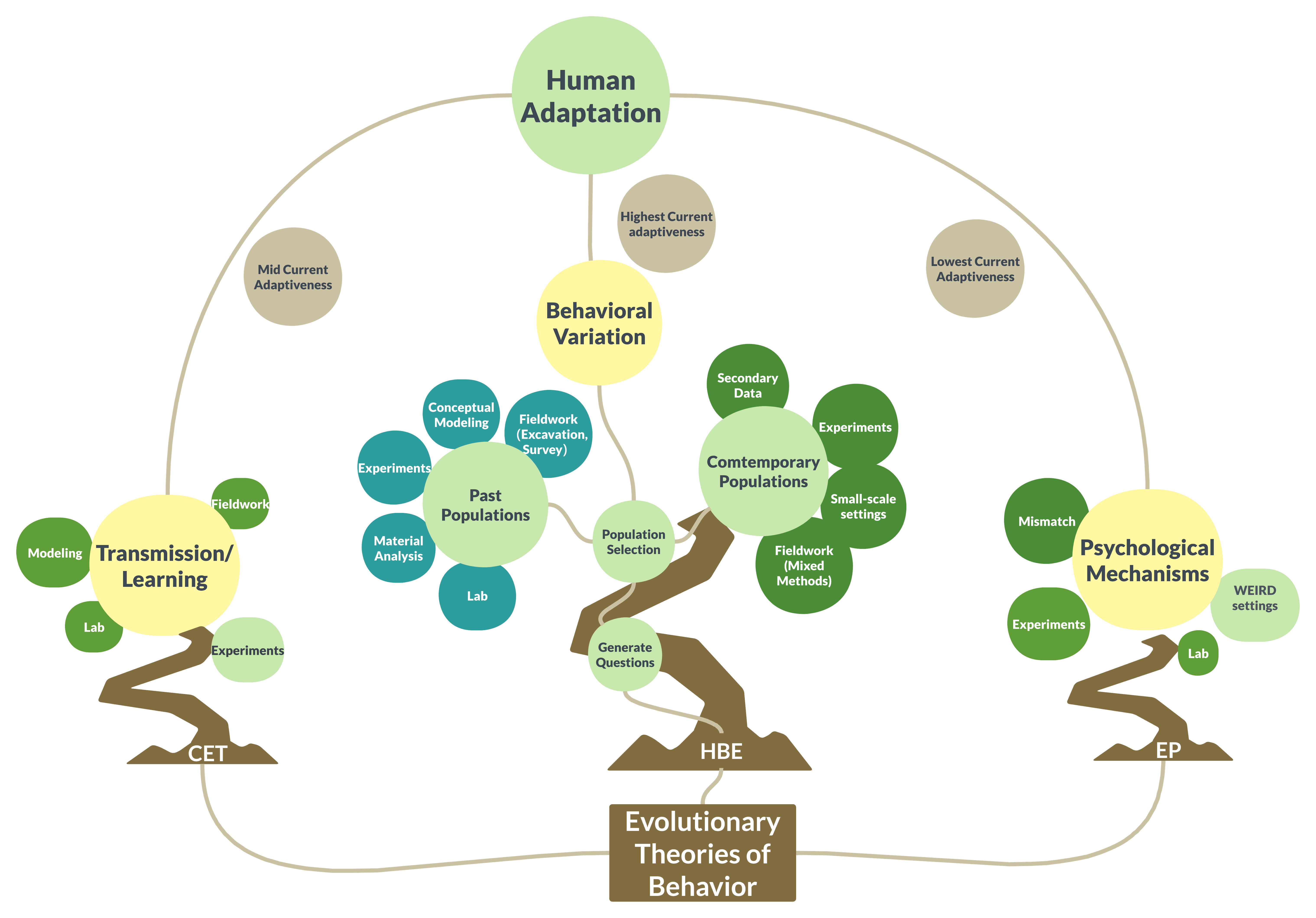
Open Access
Perspective
01 April 2025Perspectives on the Development in the Selective Oxidation of Glycerol to Value-Added Chemicals via Photoelectrocatalysis Coupled with Hydrogen Evolution
Harvesting sunlight to produce clean hydrogen fuel remains one of the main challenges for solving the energy crisis and ameliorating global warming. Photoelectrochemical (PEC) water splitting is considered to be a promising method for H2 production in the future. However, the efficiency still remains challenging due to the sluggish reaction dynamics for water oxidation. Recently, the thermodynamically favorable oxidation of glycerol in PEC systems has gained significant attention for its ability to produce value-added chemicals while simultaneously generating hydrogen. This process not only enhances the yield of high-value products but also minimizes energy consumption and reduces CO2 emissions. Valuable products from glycerol oxidation include 1,3-dihydroxyacetone (DHA), glyceraldehyde (GLD), tartronic acid (TA), formic acid (FA), and glyceric acid (GA). Thus, it is important to improve selectivity and productivity. In this work, we mainly summarize the recent research progress in improving the selectivity and productivity of glycerol upgrading products on the different photoanodes.
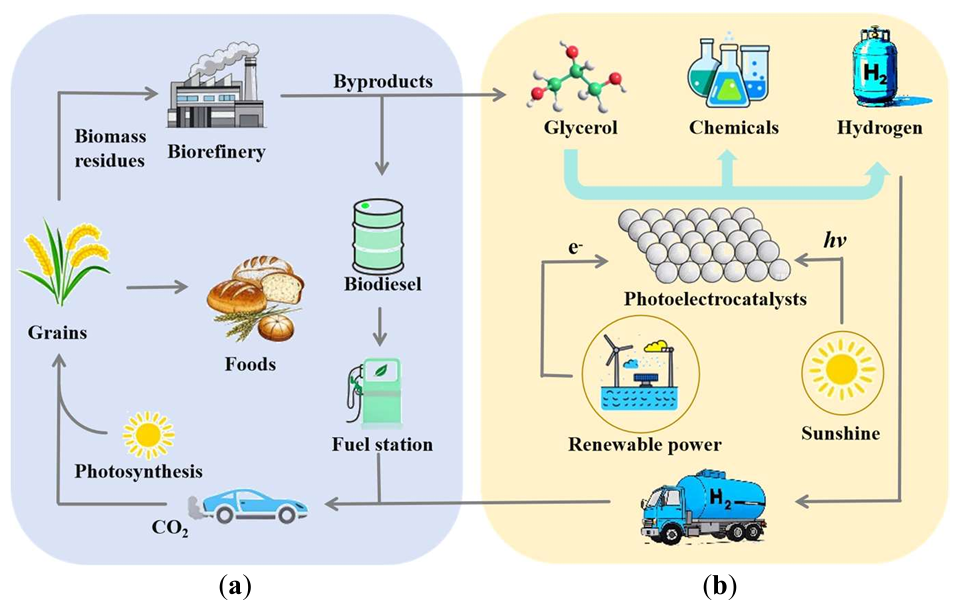
Open Access
Article
21 March 2025Formation Mechanism and Structural Evolution of Mesophase Pitch via Phase Separation
Mesophase pitch is obtained through a two-stage treatment method combining stirring and non-stirring heat treatment of the catalytic cracking oil slurry. The structural evolution during the mesophase pitch forming process is analyzed using phase separation and testing by X-ray diffraction, Fourier Transform Infrared spectroscopy, and Thermogravimetric analysis. After a short period of non-stirring heat treatment, the solid-phase yield rapidly increases by 14.20 wt.%, reaching 46.70 wt.%. The softening point of the final mesophase pitch is all below 350 °C. The increase in yield and structural transformation are influenced by changes in the content of quinoline insoluble, as evidenced by the presence of C-H out-of-plane bending vibration at 670 cm−1. Based on the observed changes in composition and structure, this study proposes a hypothesis regarding the increase in mesophase pitch production during heat treatment.
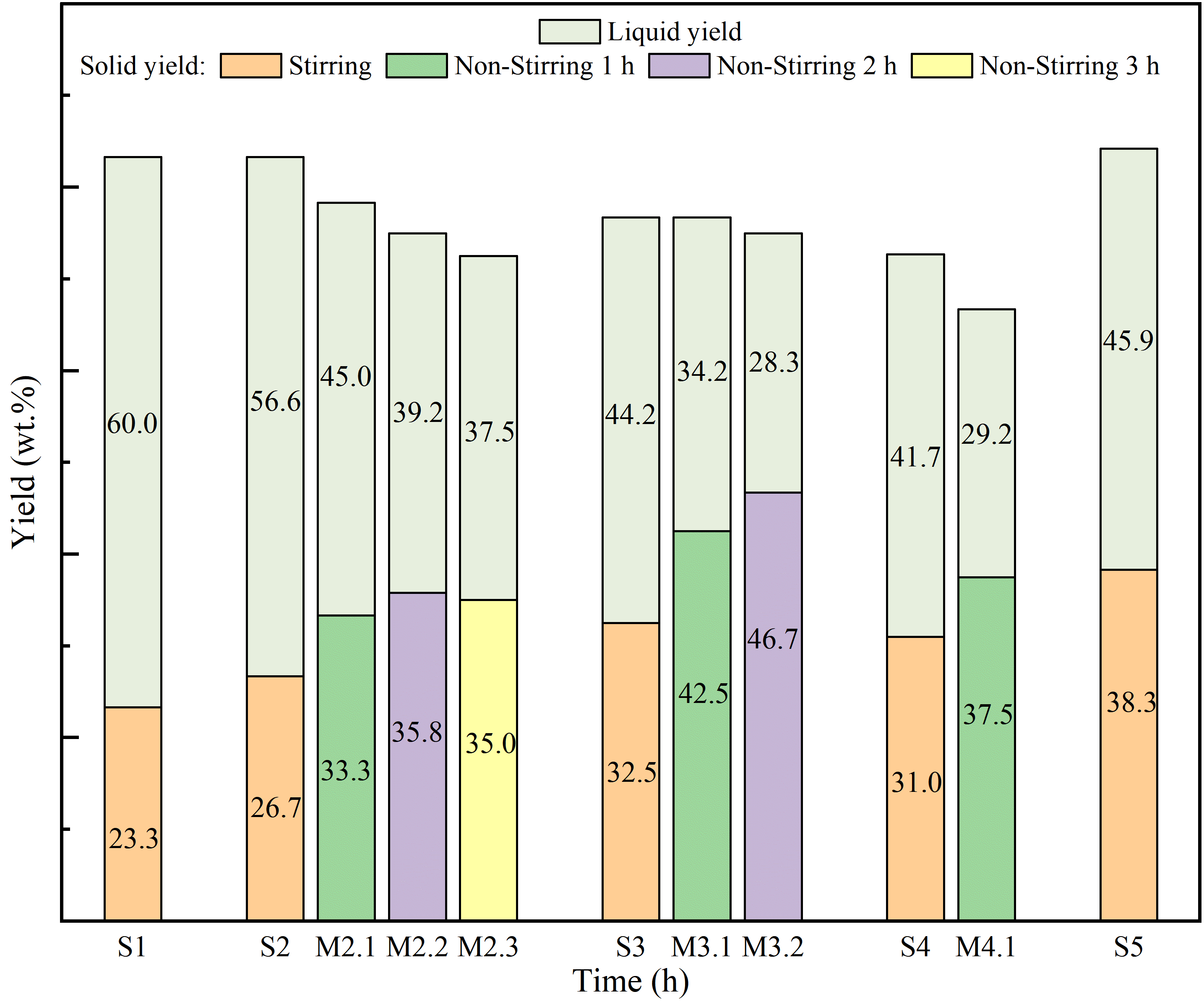
Open Access
Article
20 March 2025Metabolic Engineering and Genome-Wide Adaptive Evolution for Efficient Reduction of Glycerol in Industrial Saccharomyces cerevisiae
The production of glycerol as a major by-product during yeast-based bioethanol fermentation arises directly from the need to re-oxidize excess NADH, which reduces conversion efficiency. In this study, an optimized Cas9-based genome editing method was performed to develop a mixotrophic CO2-fixing industrial Saccharomyces cerevisiae by heterologous expression of ribulose-1,5-bisphosphate carboxylase-oxygenase (RuBisCO form Pseudomonas sp.) and phosphoribulokinase (PRK form Spinach). Additionally, the gene encoding alcohol dehydrogenase (ADH2) responsible for converting ethanol to acetaldehyde was deleted, while the great wall-family protein kinase Rim15 gene was overexpressed to facilitate the reduction in glycerol content. The resulting CO2-fixing yeast M-2 led to a 21.5% reduction of the by-product glycerol in corn mash fermentation cultures at 39 ℃. Moreover, we established a novel gene mutators mediated genome-wide mutations system that accumulates distinct mutations in the industrial S. cerevisiae strains under the stress conditions to improve the robustness in the S. cerevisiae strains efficiently.
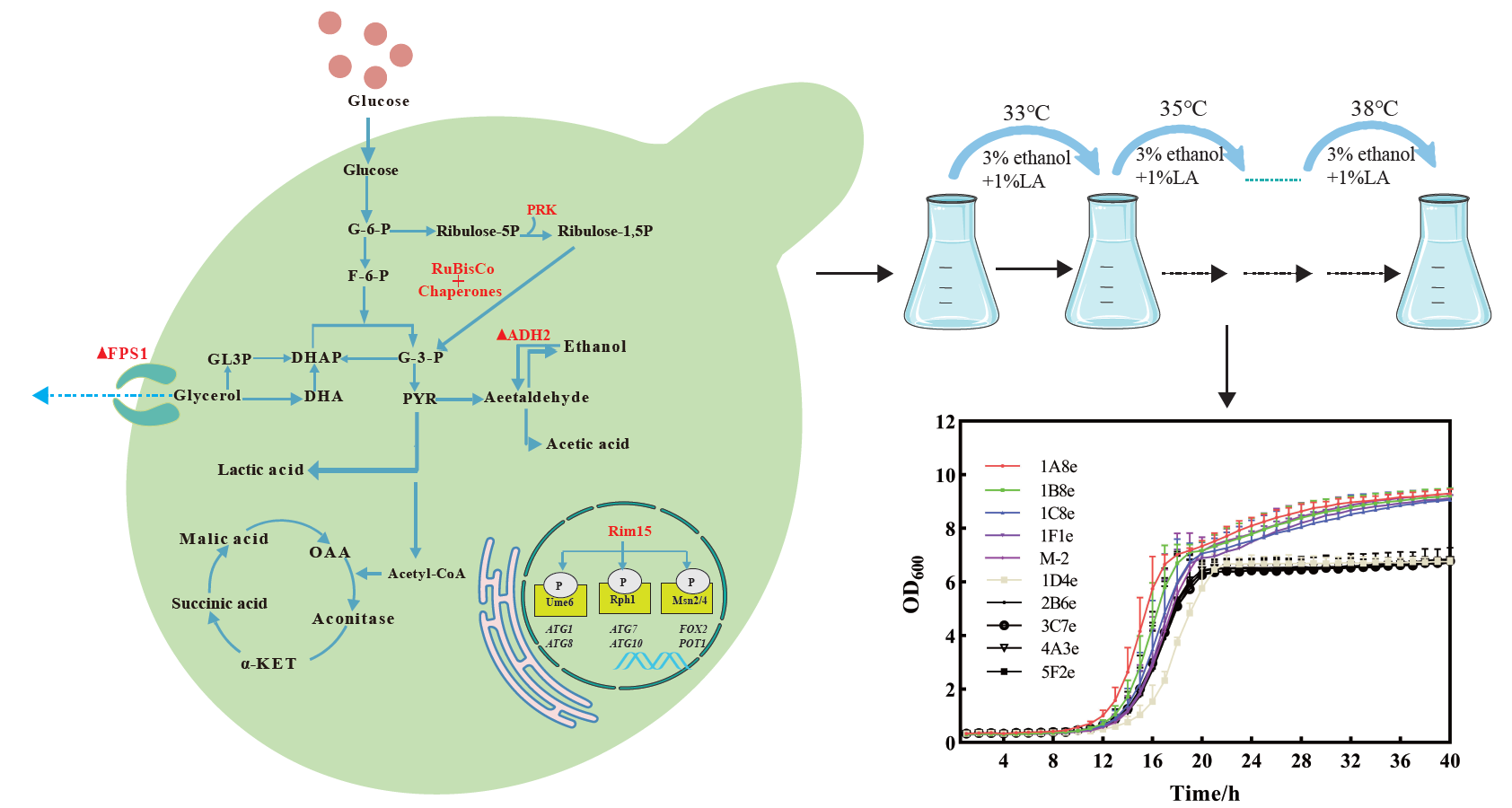
Open Access
Review
07 March 2025Unravelling the Role of Hydrogen Evolution Reaction Co-Catalysts in Photocatalytic Water Splitting: Mechanistic Insights and Material Strategies
The reliance on fossil fuels has led to a substantial increase in greenhouse gas emissions, presenting a critical environmental challenge. Addressing this issue necessitates the adoption of alternative renewable energy sources, with green hydrogen emerging as a promising candidate due to its high gravimetric energy density and absence of harmful emissions. Among the various hydrogen production techniques, photocatalytic technology has garnered significant attention for its dual potential to produce green hydrogen and degrade pollutants, thereby addressing both energy and climate crises. Efforts to scale photocatalytic technology for industrial applications have identified cocatalyst integration as a pivotal strategy, as it enhances reaction kinetics by lowering the activation energy and mitigating charge carrier recombination. This review comprehensively examines the hydrogen economy, the underlying principles of photocatalysis, recent technological advancements, key factors influencing photocatalytic reactions, the role of catalysts in hydrogen evolution reaction (HER) surface mechanisms, strategies for cocatalyst optimization, and future directions for the field.
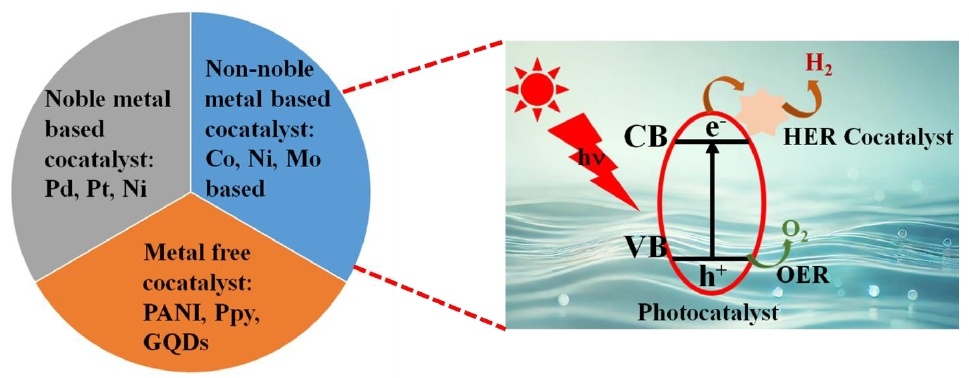
Open Access
Article
03 March 2025Harmony between Humanity and Nature in the Beijing-Tianjin-Hebei Urban Agglomeration during Decadal Development
Building harmony between humanity and nature
(HHN) migrates the conflict between social-economic development and
eco-environmental conservation, promoting the coordination and balance between
economic development and ecological protection, and then achieving the state of harmonious coexistence
between humanity
and nature. Here, taking advantage of the Beijing-Tianjin-Hebei urban
agglomeration as the research region, this study aimed to evaluate the changes
in comprehensive level of economic, social, and ecological development, as well
as the coupling coordination degree of HHN from 2014 to 2021, and to identify
their spatio-temporal evolution patterns. The findings reveal that from 2014 to
2021, the comprehensive development level of HHN in the Beijing-Tianjin-Hebei
urban agglomeration exhibits a linearly increasing pattern, with significant
differences in time and space.
The comprehensive development level of HHN in the northern region of the
Beijing-Tianjin-Hebei urban agglomeration has always been higher than that in
the southern region. By
2021, all the cities had basically reached a middle development level. And the
coordination degree of the comprehensive development of HHN showed a healthy
development trend. In 2021, the coordination degree of HHN in the Beijing-Tianjin-Hebei urban agglomeration was at
transitional development, with an average annual increase of 3%. In the future, the Beijing-Tianjin-Hebei urban agglomeration should
prioritize coordinated development of HHN, enhance eco-environment protection
and management, promote industrial transformation and upgrading, explore new
development modes and ecological resource transformation strategies, and
establish a modern capital region characterized by high-level ecological
civilization development.

Open Access
Article
10 December 2024Sailing the X.0 Wave Theory: Navigating the Future of Civilization
This paper delves into the X.0 Wave/Tomorrow Age Theory, a comprehensive framework conceived, invented, introduced, and developed by Prof. Dr. Hamid Mattiello between 2010 and 2017, to analyze the evolution of human civilization through distinct epochs of knowledge, technology, and business (KTB). The theory segments history into transformative waves, from the first development (X.0 ≤ 1.0) and Agricultural Age (X.0 = 1.0) and the X.0 Wave/Tomorrow Age Theory (2.1 ≤ X.0 ≤ 2.2) spanning the 17th Century to 1870, to the current Age of Artificial Intelligence (X.0 = 4.0). It also projects into the anticipated Human Age (X.0 = 5.0) and Transhuman Age (X.0 = 6.0) and beyond (6.0 ≤ X.0). Each wave represents a revolutionary phase characterized by significant advancements that shape societies, industries, and technologies. The X.0 Wave Theory integrates these historical phases with the Seven Pillars of Sustainability (7PS) to evaluate their societal impacts. The paper explores how these waves influence future developments by examining historical roots, emerging technological paradigms, and socio-economic dynamics. It examines how advancements in AI, biotechnology, and virtual reality are reshaping industries and global business practices, while also addressing the ethical and sustainability considerations essential for navigating these changes. By forecasting future trends, confronting current challenges, and preparing for potential crises, the X.0 Wave Theory offers a robust framework for understanding and adapting to the rapid pace of technological evolution. This paper provides deep insights into how these transformative waves shape our past, present, and future, offering valuable perspectives for navigating the complexities of an increasingly digital and interconnected world.
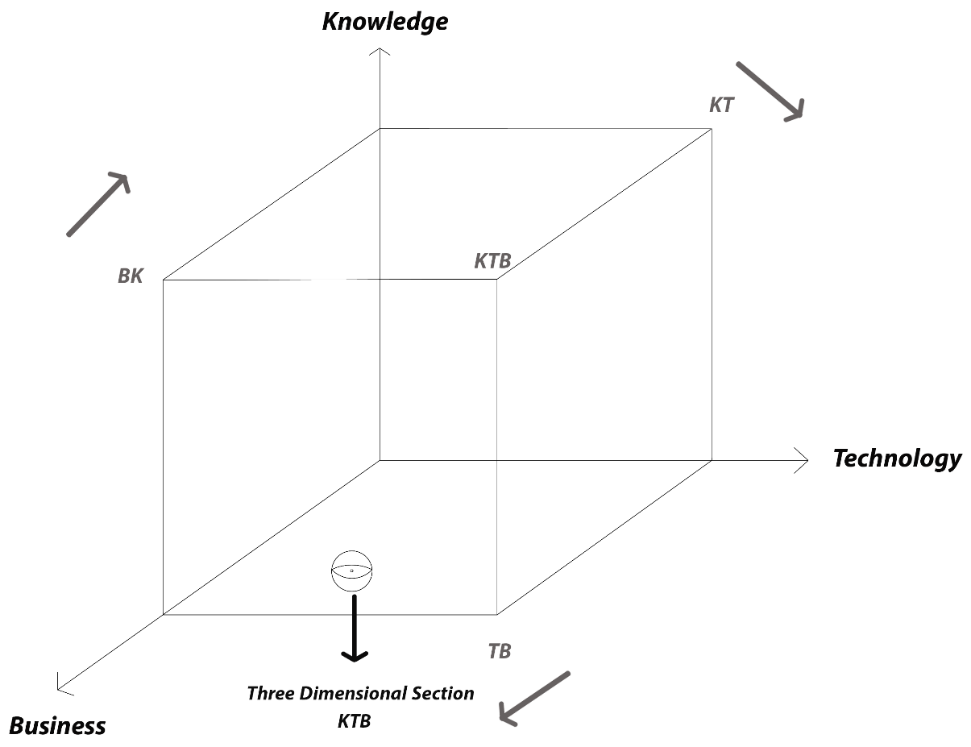
Open Access
Article
25 September 2024Evolution in the Dinarids: Phylogeography, Diversity and Evolutionary History of the Endemic Genus Delminichthys (Actinopteri; Leuciscidae)
The origin of exceptionally rich fish communities harboured within the freshwater systems of southern Europe is usually explained by allopatric speciation due to a long isolation of water basins. On the other hand, hybridization events have been recorded in several fish species, but they role in the speciation of freshwater fishes in the Southern Europe has not received significant attention. Contrary to most species within the Leuciscidae family, the genus Delminichthys inhabits a geographically restricted area (middle and southern Dinarides) and consists of only four endemic species. This study analysed the population genetic structure and demographic history of each Delminichthys species as a contribution to the understanding of the evolutionary peculiarities in Dinaric water systems. The obtained results revealed pronounced mito-nuclear and nuclear-nuclear discordance, likely the result of incomplete lineage sorting, as well as nuclear introgression observed in the Ombla River population in southernmost Croatia. In addition to allopatric speciation, ancient hybridization might have played an important role in the evolutionary history of this genus. The origin of the genus Delminichthys can be dated back to the Oligocene/Miocene boundary, to a period of significant tectonic activity in the Mediterranean region, and its ancestor likely inhabited the region of the central Dinarides. Intrageneric divergences occurred in the lower Miocene and Pliocene. Similarly, as previously proposed for Delminichthys adspersus, traces of underground migrations were found among Delminichthys ghetaldii populations, implying adaptations to underground life to be characteristic for the genus. All Delminichthys species express high levels of genetic diversity, likely as a consequence of their old origin. Size of D. adspersus is currently decreasing, while the remaining three species appear stable.
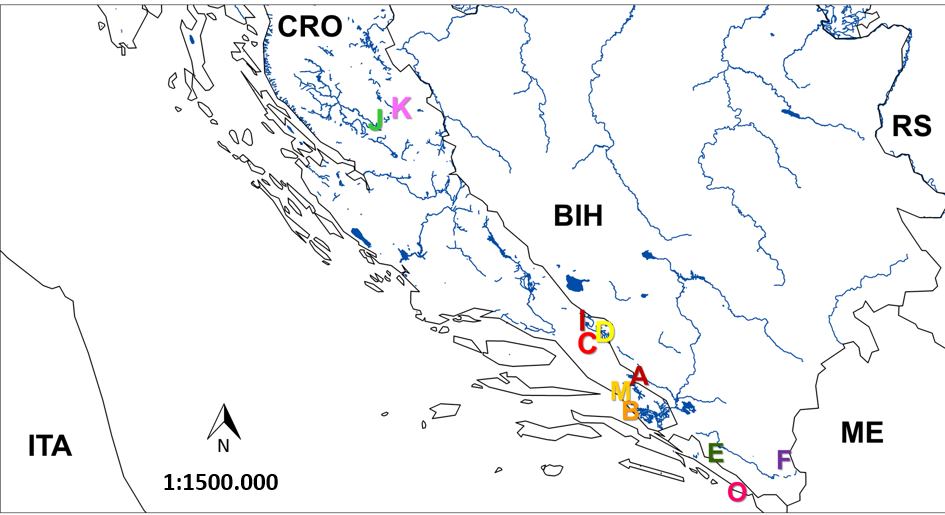
Open Access
Perspective
19 July 2024Disentangling Human Nature: Environment, Evolution and Our Existential Predicament
Throughout our entire evolutionary history, the physical environment has played a significant role in shaping humans’ subsistence adaptations. As early humans began to colonise novel biomes and construct ecological niches, their behavioural flexibility appeared as an unquestionable fact. During the Late Pleistocene-Holocene transition, the shift from foraging to farming radically altered ecosystem services, resulting in increased exposure to zoonotic pathogens and the emergence of structural inequalities that pervade our current human condition in the Anthropocene epoch. The article seeks to use an anthropological biosocial analysis to explore the diverse evolutionary paths humans have taken, which in turn shape their relationships with the natural world. Given the enigmatic nature of human behavior, it is essential to examine it holistically to understand how different subsistence patterns (e.g., intensive agriculture, foraging, and horticulture) have influenced resilience and adaptation to environmental challenges.
